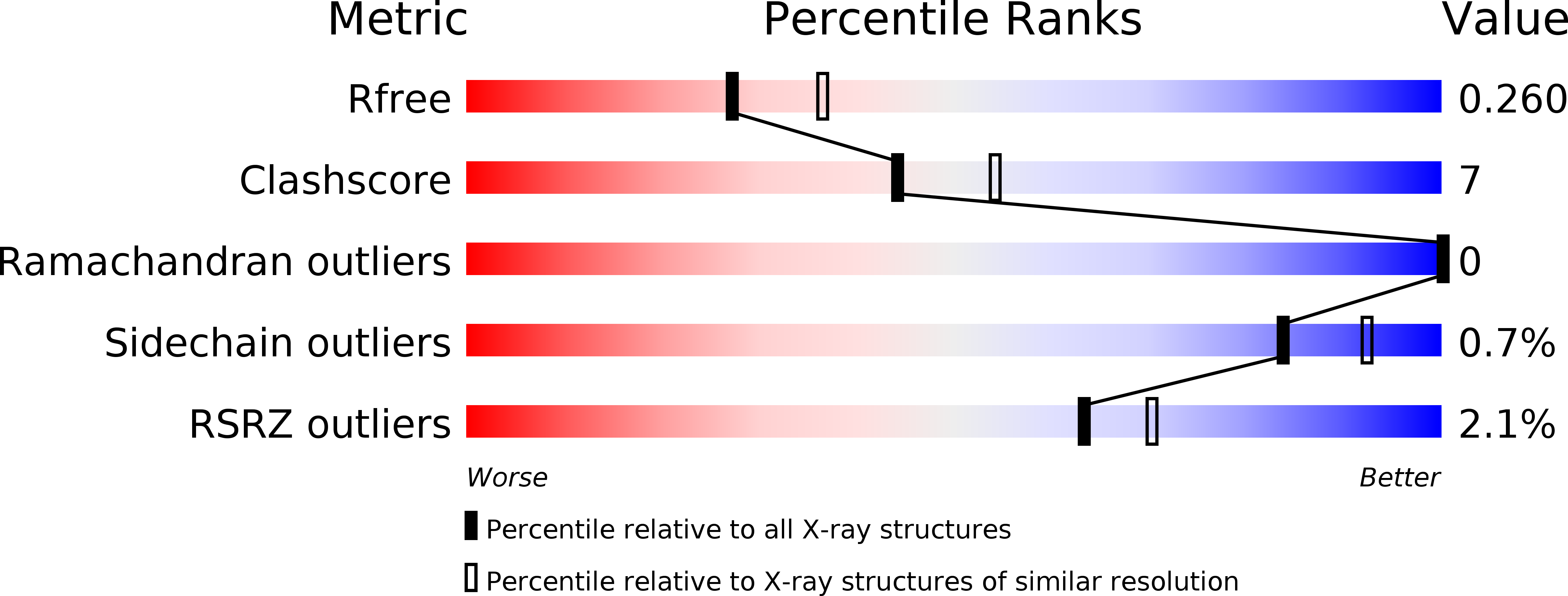
Deposition Date
2017-09-25
Release Date
2017-11-29
Last Version Date
2024-04-03
Method Details:
Experimental Method:
Resolution:
2.30 Å
R-Value Free:
0.26
R-Value Work:
0.21
R-Value Observed:
0.21
Space Group:
P 21 21 21


